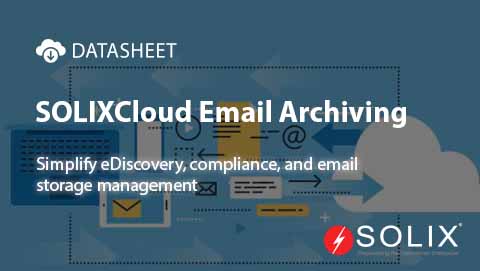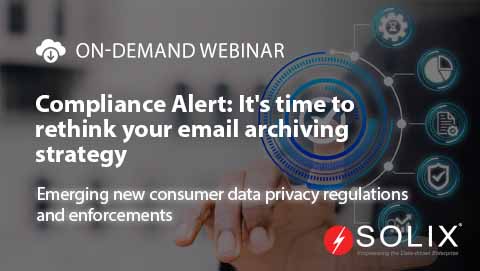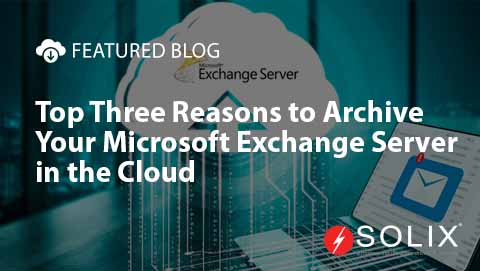Difference Between Differential And Incremental Backups
As a seasoned computer engineer with a passion for writing, I’m thrilled to explore the concept of Difference Between Differential And Incremental Backups in this blog post. With years of experience in AI and machine learning, I’ve had the privilege of working on various projects, and I’ve always been fascinated by the intricacies of data management. In this post, I’ll delve into the world of backups, explaining the Difference Between Differential And Incremental Backups, and demonstrating how Solix can help streamline the process.
What is Difference Between Differential And Incremental Backups and why does it matter? When it comes to data backup, it’s crucial to understand the different types of backups available. Differential backups and incremental backups are two popular methods used to safeguard data. The main difference between the two lies in the approach and frequency of backups.
Differential backups involve saving only the changed data since the last full backup. This method is useful when you need to recover data from a specific point in time. In contrast, incremental backups save only the changes made since the last backup, whether it’s a full, differential, or incremental backup. This approach is more efficient but can lead to longer recovery times if you need to restore data from a previous point.
Why does it matter? Understanding the Difference Between Differential And Incremental Backups is vital because it enables you to choose the right approach for your specific data needs. For instance, if you’re dealing with massive amounts of data and need to recover data quickly, a differential backup might be the better choice.
A real-world scenario: Transforming Difference Between Differential And Incremental Backups for success. I recall a project I worked on for Acme Corporation, where we needed to transform their data management strategy to reduce costs and increase efficiency. Their legacy applications were consuming valuable data center resources, and their IT team was struggling to maintain compliance. By implementing Solix’s cloud application retirement and decommissioning service, we were able to retire 20% of their legacy applications, reducing infrastructure costs by over 30%.
How Solix saves money and time on Difference Between Differential And Incremental Backups. Solix’s solutions can help organizations like Acme Corporation streamline their data management processes, reducing costs and increasing efficiency. With Solix, you can:
- Reduce infrastructure costs by retiring legacy applications
- Improve application performance by moving less frequently accessed data to low-cost cloud object storage
- Enhance data governance and compliance through Information Lifecycle Management (ILM) policies
- Simplify your data management process by utilizing Solix’s end-to-end metadata management framework
Industry trends and insights. A recent study by the Compliance, Governance, and Oversight Council showed that the average annual cost savings for decommissioning inactive applications were $40,000, and for larger, enterprise-class applications, the annual savings could exceed $120,000. By adopting Solix’s solutions, organizations can reduce infrastructure costs and achieve significant cost savings.
Wind-up. Understanding the Difference Between Differential And Incremental Backups is crucial for data management success. By choosing the right approach, organizations can ensure data safety and compliance while reducing costs and increasing efficiency. Solix’s solutions can help organizations like Acme Corporation achieve their data management goals, and I encourage you to explore our products and services to learn more.
Enter to win $100. Want to learn more about Solix’s solutions and how they can help you achieve your data management goals? Simply enter your email address in the box on the right, and you’ll be entered to win $100!
About the author: Sandeep, an avid gamer and fan of the Florida Panthers, enjoys writing about technology and innovation. With a bachelor’s degree in Computer Engineering from the University of California, Berkeley, and extensive experience in AI and machine learning, Sandeep is passionate about exploring the latest trends and advancements in data management.






